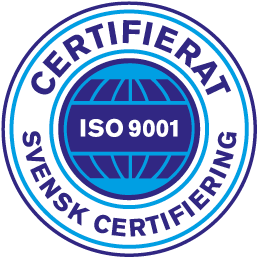Sustainable supply chain planning
Supply chain solution
Reshaping supply chains for a sustainable future
Integrate supply chains with sustainability for a brighter future
How does incorporating sustainability into your supply chain help with business growth and sustain competition?
Incorporating sustainability into the supply chain helps businesses grow and remain competitive. Customers demand sustainable products and services, and regulatory compliance can create new markets and opportunities. It also leads to cost savings and ensures business growth and longevity.

Comply with sustainability regulations
To comply with sustainability regulations, companies must stay updated on current and future regulations, ensure transparent emission data, and practice careful supply chain planning. This compliance can mitigate risks, improve the bottom line, and gain customer and investor support.
Transparency is the key
Scope 1 and 2 emissions
To reduce emissions and include sustainability in supply chain planning, you need a solid strategy. Start by mapping emissions in your current supply chain footprint. Companies typically use scope 1, 2, and 3 criteria to document greenhouse gas emissions. While scope 1 and 2 refer to emissions within your control, most emissions come from other sources, making it crucial to consider scope 3 as well.
Scope 3 emissions
Scope 3 emissions refer to the indirect emissions outside your organization (suppliers). Such emissions are hard to measure and control. Most supply chain experts don’t have enough clarity to map scope 3 emissions for the following reasons.
- Complexity of the supply chain
- Lack of available data
- Different laws in multiple jurisdictions
Companies should use the deep transparency technique to make informed decisions. It provides comprehensive information about emissions from scopes 1, 2, and 3 by using multiple sources. Once the data is gathered, companies can perform detailed calculations on emissions, considering various sources like products, suppliers, customers, and transportation.
How to include sustainability in your daily planning?
To include sustainability in your daily planning, transparency in emission data is key. It unlocks insights into S&OP/IBP processes and helps make sustainability operational in supply chain planning. Simulate the effects of your planning decision on an operational, tactical, and strategic level in terms of your future emissions and financial optimization. As a result, you can make data-driven decisions and continuously monitor and project future emissions to make timely adjustments.
Supply chain sustainability – it’s now or never!
Many organizations fear sustainability initiatives may hamper productivity or require them to make significant investments. On the contrary, optimizing processes and reducing waste can result in substantial cost savings while boosting brand reputation and driving sales.
Insights
Want to know more about PERITO IBP?
Explore further by scheduling a demo through the form or by reaching out to one of our experts directly. We're here to assist you!

Contact Søren Hammer Pedersen

Contact Filip Hansson

Contact Aki Kössilä

Contact Simo Malinen

Contact Hannu Ojasalo













